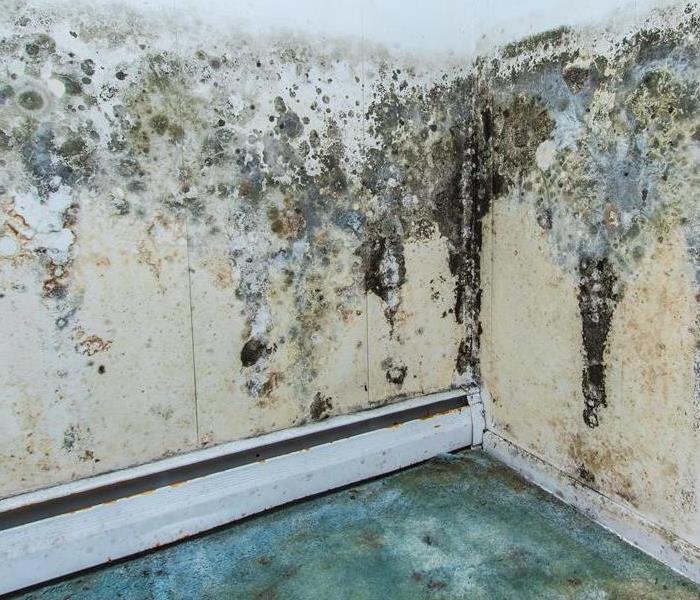Moisture Control 101: Essential Tips for Preventing Mold in Your Home
5/17/2023 (Permalink)
Mold is a common problem in many homes, and it can not only damage the aesthetics of your living space, but cause secondary damages to your home or business. Mold thrives in environments with excessive moisture, making it crucial to control moisture levels in your home to prevent mold growth. In this blog post, we will provide you with essential tips for moisture control to help you prevent mold from taking hold in your home.
Fix leaks promptly
Any water leaks in your home, whether it's from a pipe, roof, or window, should be addressed immediately. Water leaks provide a prime breeding ground for mold growth, and even minor leaks can create enough moisture for mold to thrive. Regularly inspect your home for any signs of leaks, such as water stains, dampness, or musty odors, and fix them promptly to prevent mold from gaining a foothold.
Ensure proper ventilation
Proper ventilation is key to controlling moisture in your home. Use exhaust fans in the bathroom, kitchen, and laundry room to vent moisture to the outside. Make sure that your dryer is vented to the outside as well. Open windows and doors regularly to allow fresh air to circulate and promote airflow, which helps to reduce moisture levels and discourage mold growth.
Control indoor humidity
Keeping indoor humidity levels in check is crucial in preventing mold growth. Use a dehumidifier in areas with high humidity, such as basements, crawl spaces, and bathrooms, to reduce excess moisture in the air. Aim to maintain indoor humidity levels below 50% to discourage mold growth. You can also use air conditioners to help reduce humidity during hot and humid weather.
Insulate properly
Proper insulation is essential in preventing condensation, which can lead to mold growth. Insulate your home properly, including walls, floors, and roofs, to prevent moisture from seeping in and creating a conducive environment for mold to thrive. Insulation also helps to regulate indoor temperatures, reducing the risk of condensation.
Keep your home clean and dry
Regular cleaning and maintenance are key to preventing mold growth. Clean up any spills or water damage immediately and dry affected areas thoroughly. Don't leave wet or damp items lying around, and avoid over-watering indoor plants. Regularly clean and dry your bathroom, kitchen, and other high-moisture areas to prevent mold from taking hold.
Use mold-resistant materials
When renovating or building, consider using mold-resistant materials, such as mold-resistant drywall, paint, and insulation. These materials are designed to resist mold growth and can help in preventing mold problems in your home.
Gutters and downspouts
Gutters and downspouts play a crucial role in directing water away from your home. Make sure your gutters and downspouts are clean and free of debris, and that they are directing water away from your home's foundation. Properly functioning gutters and downspouts can prevent water from seeping into your home and causing moisture problems.
In conclusion, controlling moisture is essential in preventing mold growth in your home. By promptly fixing leaks, ensuring proper ventilation, controlling indoor humidity, insulating properly, keeping your home clean and dry, using mold-resistant materials, and maintaining your gutters and downspouts, you can effectively prevent mold from taking hold in your home. Regular inspections and maintenance are key to identifying and addressing any moisture issues before they turn into mold problems. By following these tips, you can create a healthy and mold-free environment in your home.




 24/7 Emergency Service
24/7 Emergency Service
